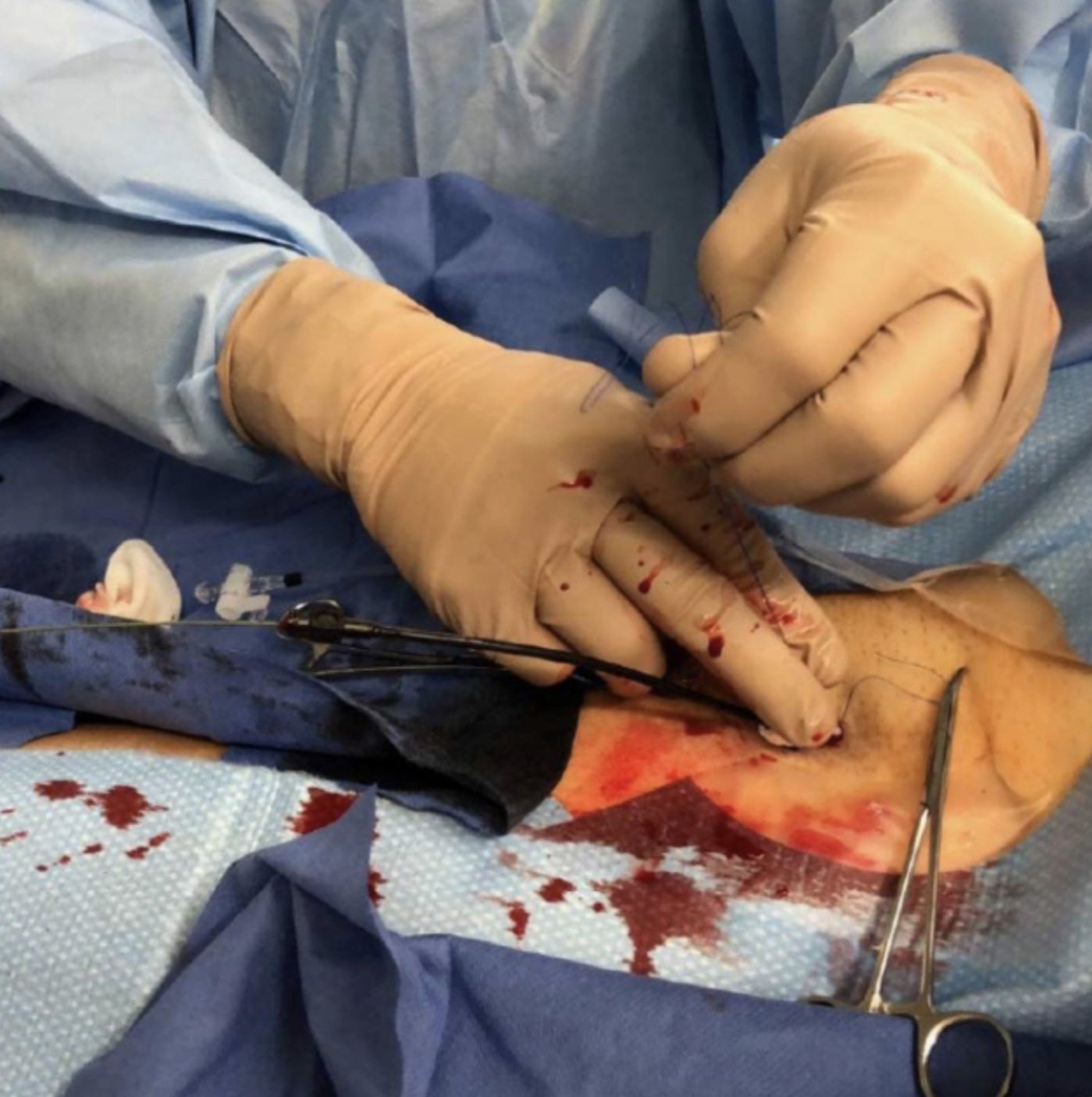Product Development: Large Bore Percutaneous Wound Closure
Brief: Our client wanted to evaluate potential product prototypes and understand the potential in the current US and EU markets
Countries: The research focused on the United States and EU
Methodology: Qualitative: In-depth interviews with vascular surgeons, interventional cardiologists and interventional radiologists
The research explored:
Market Dynamics: Investigated the evolving landscape of structural heart procedures, TAVR, EVAR, and other large bore interventions driving the need for efficient closure solutions. Identified procedural volume trends and how these impact closure device requirements across specialties
Current Market Landscape and Need: Mapped existing closure technologies, their limitations, and unmet clinical needs, particularly for 14-24F access sites. Documented complication rates, procedure times, and resource utilization associated with current closure methods
Evaluated Prototypes: Gathered detailed feedback on specific design features of the client's prototypes, including ease of deployment, vessel compatibility, hemostasis efficacy, and overall usability. Conducted comparative evaluations against current standard-of-care approaches
Understood Likelihood of Adoption: Assessed willingness to adopt new closure technologies based on clinical evidence requirements, cost considerations, and integration with existing workflows. Identified key physician and institutional decision factors that would influence uptake across different healthcare settings
Delivered: Our analysis revealed significant variation in closure preferences between specialties, with interventional cardiologists prioritizing rapid deployment and interventional radiologists more focused on versatility across access sites. The research identified a substantial market opportunity for devices addressing 18F+ closures, where current solutions show the highest complication rates. Feedback on prototypes highlighted the importance of reliable deployment mechanisms and minimal learning curve. The findings provided our client with clear design refinement priorities and a targeted commercialization strategy that addresses the specific needs of high and low volume operators in both US and EU markets

